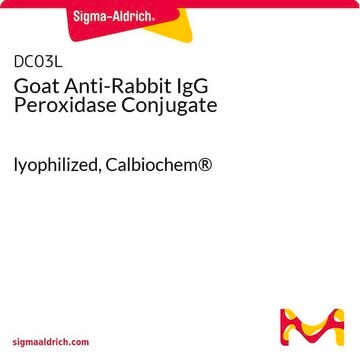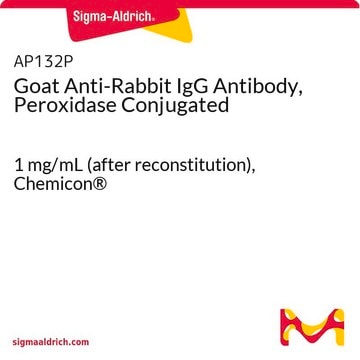E1505
Ethyl 2-cyanoacrylate
liquid
Synonym(s):
ethyl 2-cyanoprop-2-enoate
Sign Into View Organizational & Contract Pricing
All Photos(1)
About This Item
Empirical Formula (Hill Notation):
C6H7NO2
CAS Number:
Molecular Weight:
125.13
EC Number:
MDL number:
UNSPSC Code:
12162002
PubChem Substance ID:
NACRES:
NA.23
Recommended Products
form
liquid
storage temp.
2-8°C
SMILES string
CCOC(=O)C(=C)C#N
InChI
1S/C6H7NO2/c1-3-9-6(8)5(2)4-7/h2-3H2,1H3
InChI key
FGBJXOREULPLGL-UHFFFAOYSA-N
General description
Ethyl 2-cyanoacrylate belongs to the class of monomers known as cyanoacrylates. Ethyl 2-cyanoacrylate polymers are primarily used as adhesives due to their fast-setting and strong bonding properties. They are widely utilized for bonding a variety of materials, including metals, plastics, rubber, ceramics, and wood. These adhesives are used in industries such as automotive, electronics, crafts, and general repairs. Ethyl 2-cyanoacrylate adhesives find applications in industrial and manufacturing processes. They are used for sealing products, encapsulating electronics, and securing parts during assembly.
Application
Ethyl 2-cyanoacrylate, commonly known as super glue, has several uses in the field of bioadhesives:
- Wound Closure: Ethyl 2-cyanoacrylate is often used in medical settings to close small cuts and wounds. It forms a strong bond when it comes into contact with moisture, effectively sealing the wound.
- Tissue Adhesives: In surgical and medical applications, ethyl 2-cyanoacrylate is used to adhere tissues together. It can be used as an alternative to traditional sutures or staples in certain procedures.
- Drug Delivery Systems: In some cases, ethyl 2-cyanoacrylate has been investigated as a component in drug delivery systems and tissue engineering due to its biocompatibility and ability to form strong bonds with biological materials.
- It can also be mixed with hydrophobic silica nanoparticles for the designing of cotton fabrics for medical applications.
Signal Word
Warning
Hazard Statements
Precautionary Statements
Hazard Classifications
Eye Irrit. 2 - Skin Irrit. 2 - STOT SE 3
Target Organs
Respiratory system
Storage Class Code
10 - Combustible liquids
WGK
WGK 1
Flash Point(F)
185.0 °F - closed cup
Flash Point(C)
85 °C - closed cup
Personal Protective Equipment
dust mask type N95 (US), Eyeshields, Gloves
Certificates of Analysis (COA)
Search for Certificates of Analysis (COA) by entering the products Lot/Batch Number. Lot and Batch Numbers can be found on a product’s label following the words ‘Lot’ or ‘Batch’.
Already Own This Product?
Find documentation for the products that you have recently purchased in the Document Library.
Anja Graf et al.
European journal of pharmaceutical sciences : official journal of the European Federation for Pharmaceutical Sciences, 37(1), 53-61 (2009-01-27)
The purpose of this study was to optimise entrapment of insulin in poly(alkylcyanoacrylate) nanoparticles prepared from microemulsions with different microstructure containing isopropyl myristate, caprylocaproyl macrogolglycerides, polyglyceryl oleate and insulin solution and to investigate the in vitro release and bioactivity of
Asymmetric superhydrophobic/superhydrophilic cotton fabrics designed by spraying polymer and nanoparticles
Sasaki K, et al.
ACS Applied Materials & Interfaces, 8(1), 651-659 (2015)
T Landegren et al.
International journal of oral and maxillofacial surgery, 39(7), 705-712 (2010-05-04)
Cyanoacrylate adhesive has been suggested as an alternative to suturing when repairing severed peripheral nerves. The authors examined the cytotoxic effect of ethyl-cyanoacrylate on the human neuroblastoma cell line SH-SY5Y and compared it with the effects of butyl-cyanoacrylate (Histoacryl), an
Willian Morais De Melo et al.
Journal of oral and maxillofacial surgery : official journal of the American Association of Oral and Maxillofacial Surgeons, 71(1), 35-41 (2012-10-30)
Cyanoacrylate has been used as a commercial tissue adhesive. Recently, ethyl 2-cyanoacrylate has been suggested for the fixation of onlay autogenous bone graft. However, ethyl 2-cyanoacrylate must be biocompatible with bone tissue. This study evaluated the cytotoxicity of cyanoacrylate adhesives
Ana Isabel Quilez-Molina et al.
Polymers, 12(9) (2020-09-10)
Applications of cyanoacrylate monomers are generally limited to adhesives/glues (instant or superglues) and forensic sciences. They tend to polymerize rapidly into rigid structures when exposed to trace amounts of moisture. Transforming cyanoacrylate monomers into transparent polymeric films or coatings can
Our team of scientists has experience in all areas of research including Life Science, Material Science, Chemical Synthesis, Chromatography, Analytical and many others.
Contact Technical Service








